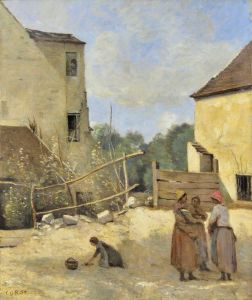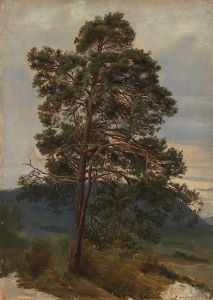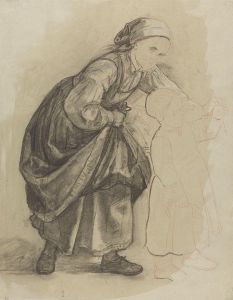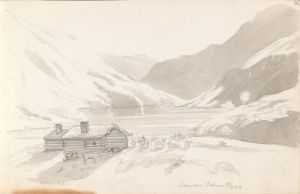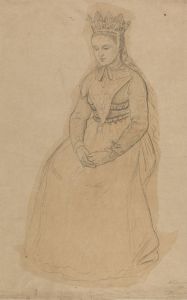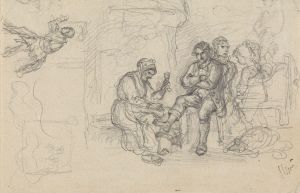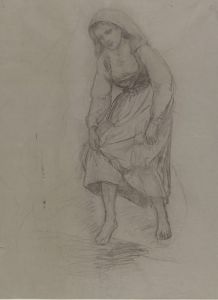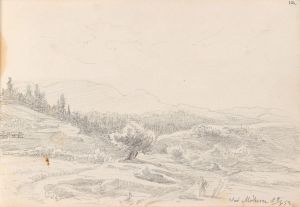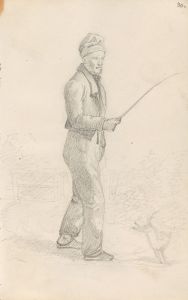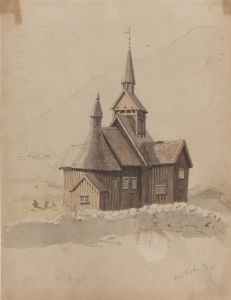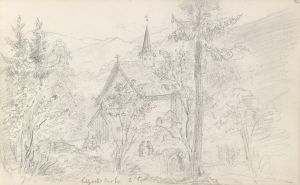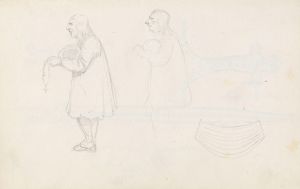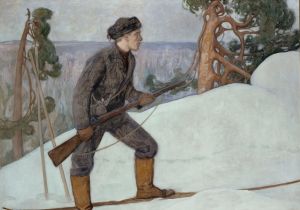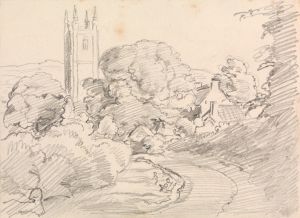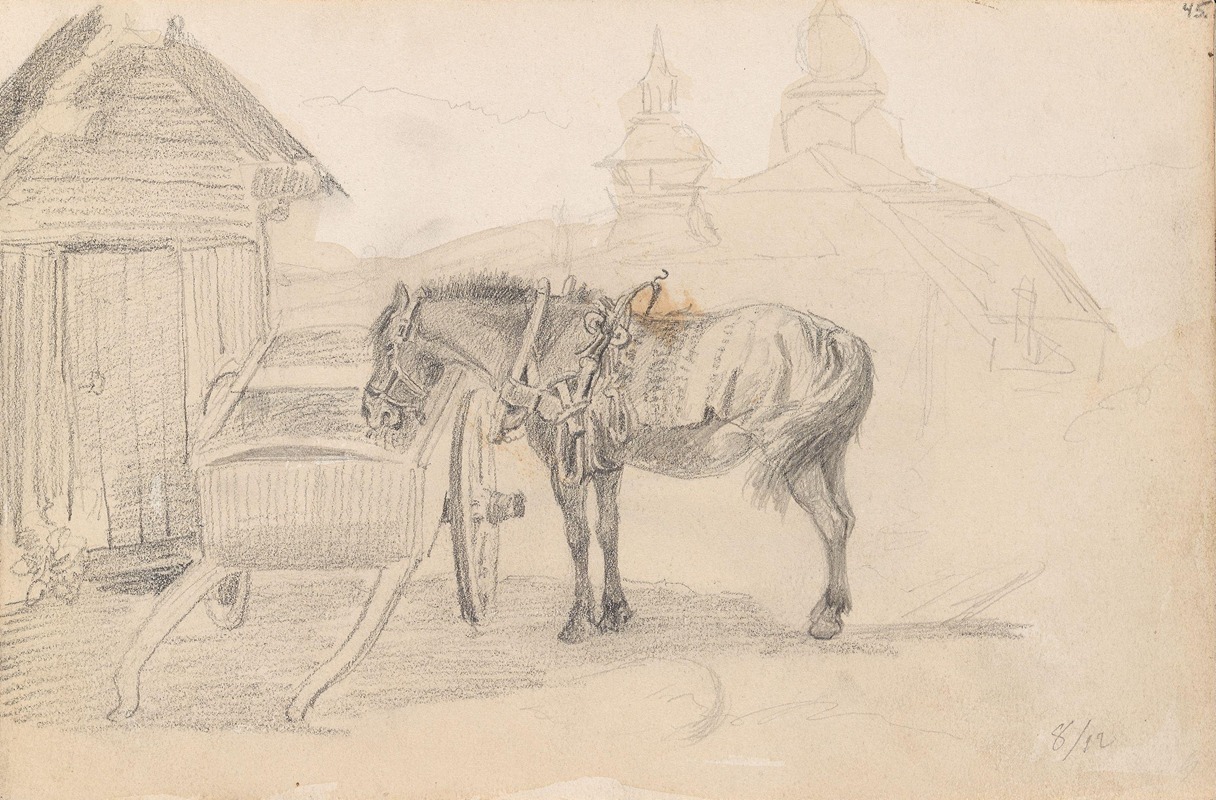
Hest og kjerre ved Leksand kirke
A hand-painted replica of Adolph Tidemand’s masterpiece Hest og kjerre ved Leksand kirke, meticulously crafted by professional artists to capture the true essence of the original. Each piece is created with museum-quality canvas and rare mineral pigments, carefully painted by experienced artists with delicate brushstrokes and rich, layered colors to perfectly recreate the texture of the original artwork. Unlike machine-printed reproductions, this hand-painted version brings the painting to life, infused with the artist’s emotions and skill in every stroke. Whether for personal collection or home decoration, it instantly elevates the artistic atmosphere of any space.
Adolph Tidemand was a prominent Norwegian painter in the 19th century, known for his detailed and realistic depictions of Norwegian folk life and traditions. One of his works, "Hest og kjerre ved Leksand kirke" (translated as "Horse and Cart at Leksand Church"), reflects his interest in capturing the everyday life and cultural heritage of Scandinavia.
Adolph Tidemand was born on August 14, 1814, in Mandal, Norway. He studied at the Academy of Art in Copenhagen and later continued his studies in Düsseldorf, Germany, which was a major center for art and culture at the time. Tidemand became associated with the Düsseldorf school of painting, which emphasized detailed and realistic portrayals of subjects, often with a focus on historical and genre scenes.
"Hest og kjerre ved Leksand kirke" is one of Tidemand's works that exemplifies his style and thematic focus. The painting depicts a scene outside Leksand Church, which is located in Leksand, a locality in Dalarna County, Sweden. This church is known for its historical significance and traditional Swedish architecture, which Tidemand captures with precision in his painting.
In the artwork, a horse-drawn cart is prominently featured, with the church serving as a backdrop. The composition highlights the rural and pastoral setting, emphasizing the connection between the people and their environment. Tidemand's attention to detail is evident in the way he renders the textures of the horse's coat, the wooden cart, and the surrounding landscape. The painting reflects a moment in time, capturing the essence of rural life in Scandinavia during the 19th century.
Tidemand's work is often celebrated for its ethnographic value, as he meticulously documented the customs, costumes, and daily activities of Norwegian and Scandinavian people. His paintings serve as a visual record of a way of life that was rapidly changing due to industrialization and modernization. "Hest og kjerre ved Leksand kirke" is no exception, as it provides insight into the transportation methods and architectural styles of the period.
Throughout his career, Tidemand collaborated with other artists, most notably Hans Gude, with whom he created several famous works, including "Bridal Procession on the Hardangerfjord." While "Hest og kjerre ved Leksand kirke" is a lesser-known piece compared to some of his other works, it nonetheless contributes to his legacy as a painter who captured the spirit and traditions of 19th-century Scandinavia.
Adolph Tidemand's paintings are held in high regard and can be found in various museums and collections, particularly in Norway. His ability to convey the cultural and social aspects of his subjects with empathy and accuracy has ensured his place in art history as one of Norway's most important painters. "Hest og kjerre ved Leksand kirke" stands as a testament to his skill in portraying the everyday life and landscapes of his time, offering viewers a glimpse into the past through the eyes of a master artist.





